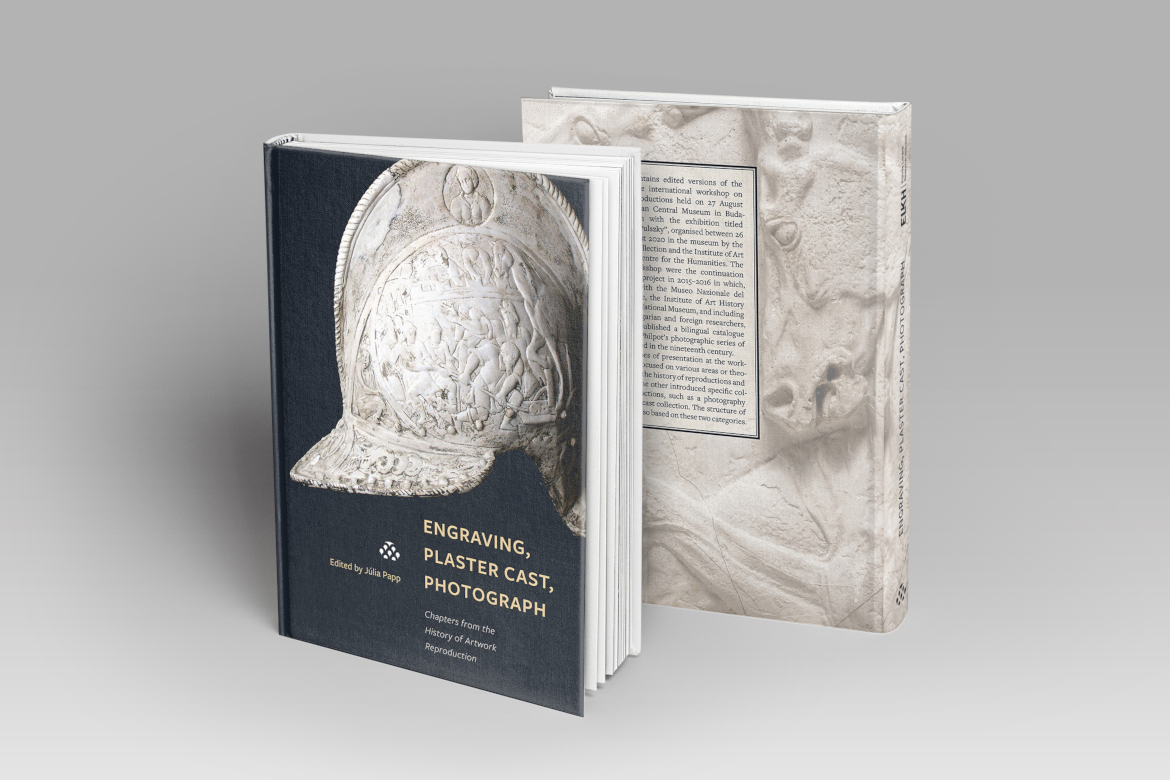The volume, published by the Institute of Art History contains edited versions of the presentations delivered at the international workshop on the history of reproductions, held on 27 August 2020 in the Lutheran Central Museum in Budapest, in connection with the exhibition titled “Present of Ferencz Pulszky”, organised between 26 March and 27 August 2020 in the museum by the Lutheran Central Collection and the Research Centre for the Humanities – Institute of Art History. The exhibition and workshop were the continuation of an international project that took place in 2015–2016, in which, a bilingual catalogue was compiled and published on John Brampton Philpot’s photographic series of fictile ivories, created in the nineteenth century, including studies of Hungarian and foreign researchers, n cooperation between the Museo Nazionale del Bargello in Florence, the Institute of Art History and the Hungarian National Museum.

There were two types of presentation at the workshop in 2020: one focused on various areas or theoretical questions of the history of reproductions and collections, while the other introduced specific collections of reproductions, such as a photography gallery or a plaster cast collection. The structure of the publication is also based on these two categories.
Júlia Papp, the editor of the volume is a research fellow of the institute and the curator of the exhibition of 2020. She also contributed to the volume with a paper: On the Margin of Artwork Reproduction: Two Examples of the Use of Graphic Reproductions as Inspiration for Artworks in the Sixteenth Century. In his illustrations for Sigmund von Herberstein’s writings about his travels in Russia, Augustin Hirschvogel chose two methods of using engraving reproductions: his series of standing rulers was based on fictive portraits of earlier genealogical works, while his medallion portraits were reused in different ways in the later editions of the travelogue.
Virág Somogyvári, assistant research fellow of the institute is the author of the paper: „The Unicorn Group”. The Possenti Saddle and its Nineteenth Century Copies. She discusses the adventurous 19th century provenance of a fifteenth century bone saddle, currently in the Metropolitan Museum of Art in New York. Apart from this, she also discusses the 19th century copies of the bone saddle which together form the so-called “Unicorn Group.” In addition to the detailed discussion and comparison of the saddles, the author also clarifies the misconceptions regarding their provenance.


